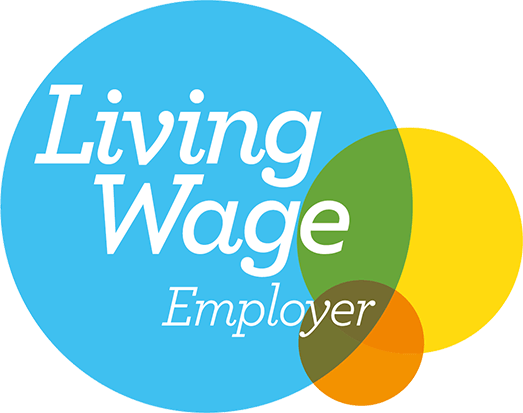News
White Paper Series: There’s nothing in this for E – what does ‘Planning For The Future’ do for town centres?
17 September 2020
If the man or woman on the Clapham Omnibus picked up a copy of the White Paper, they would not be wrong if they thought the subtitle was “Planning Housing for the Future”.

The ambition of the White Paper is welcomed; however, the chatter surrounding the housing delivery message is in danger of drowning out the importance of creating balanced communities. A simple word count reveals that housing / house / home appear over 200 times whilst retail / high street / town centre cannot even muster 10 references between them. The focus of the White Paper is clear.
The standard method for housing does recognise “the need to make an allowance for land required for other (non-residential) development”, but what is not clear is whether this “allowance” will be made at a national or local level and what information will feed into this figure. Non-residential uses should warrant more attention than a cursory reference to being an “allowance” to reduce a local authority’s housing target.
The introduction of Class E (Commercial, Business and Service) on 01 September 2020 has introduced greater flexibility to high streets in recognition of the broad range of uses now found on them. This was in response to a system which was unable to cope with changing business models. It is worth noting that this change means that a significant proportion of the population are now employed by uses that are classified as Class E, therefore, the proper planning for these uses is not just about supporting our high streets it has far wider implications. A point made all the more poignant when considering the current legal challenge against the introduction of the changes by campaign group Rights : Community : Action (RCA).
There is a welcome recognition that it may be appropriate for high streets and town centres to be identified as distinct areas within the new categorisation of land proposed in the White Paper. This will enable Local Authorities, in collaboration with stakeholders and the local community, to develop holistic plans for these zones. What isn’t clear is whether high streets and town centres could be afforded any form of protection due to their “cultural characteristics”.
Creating a critical mass of customers throughout the day / night is going to be crucial to support the ambitions and flexibility set out through the introduction of Class E. This is where the White Paper could (or should) have had an important role, although the resultant wording leads to more confusion and uncertainty with reference to “we need to build more homes at gentle densities in and around town centres and high streets, on brownfield land and near existing infrastructure so that families can meet their aspirations”. Coupled with the Prime Minister’s reference to “useful development”, there is clearly much to do before the contents of the White Paper can be relied upon to write a sound Business Plan.
If the man or woman on the Clapham Omnibus picked up a copy of the White Paper, they would not be wrong if they thought the subtitle was “Planning Housing for the Future”. It is a missed opportunity to bring to the fore a discussion about the importance of our town centres and high streets, to creating these places where “families can meet their aspirations” and changing patterns of work which have been accelerated by the COVID-19 pandemic. There is a danger that the focus on housing is at the expense of thinking about what creates a successful high street / town centre that is at the heart of the community, providing an attractive place for people to live and, most importantly, provide the footfall to support the uses.






